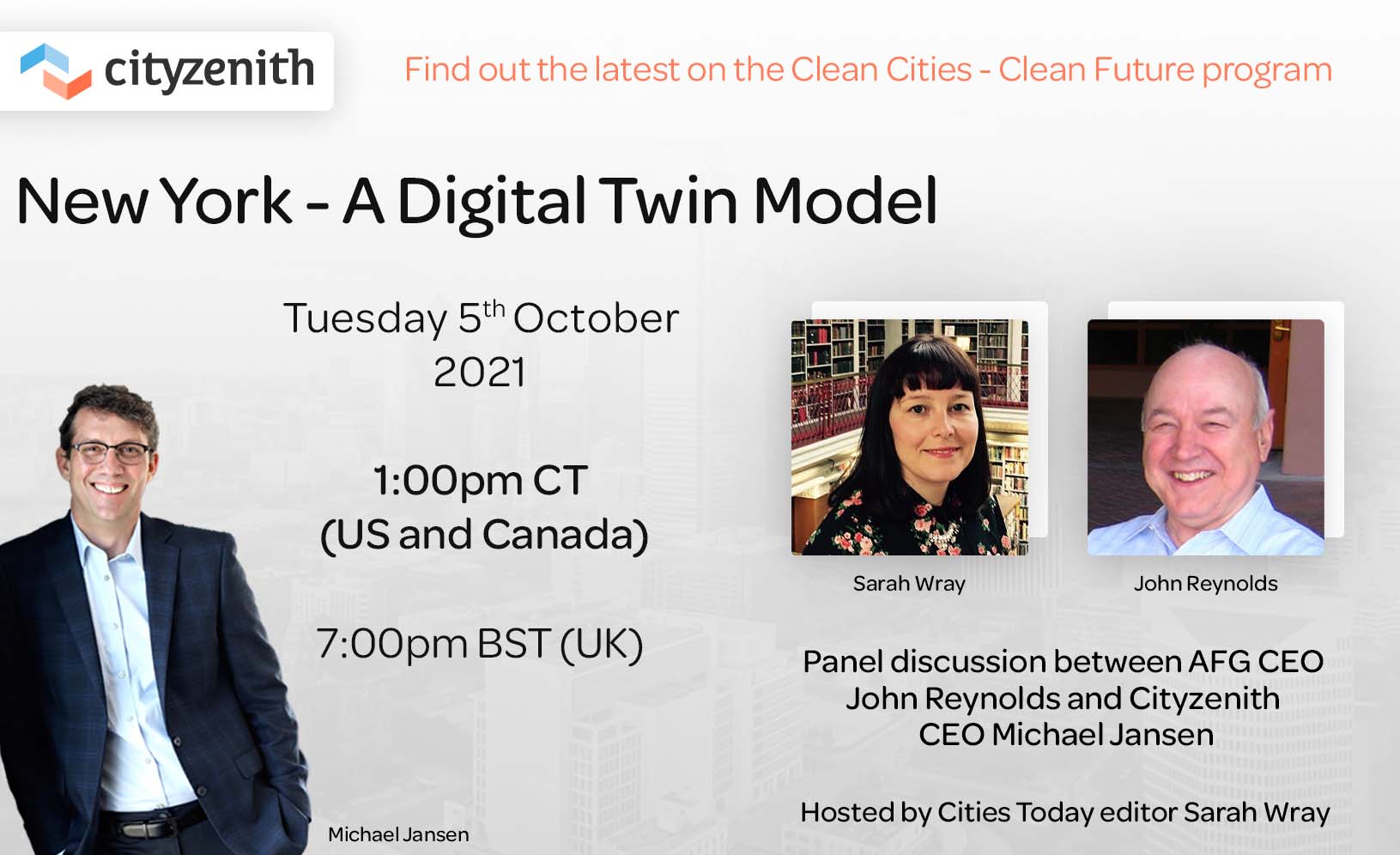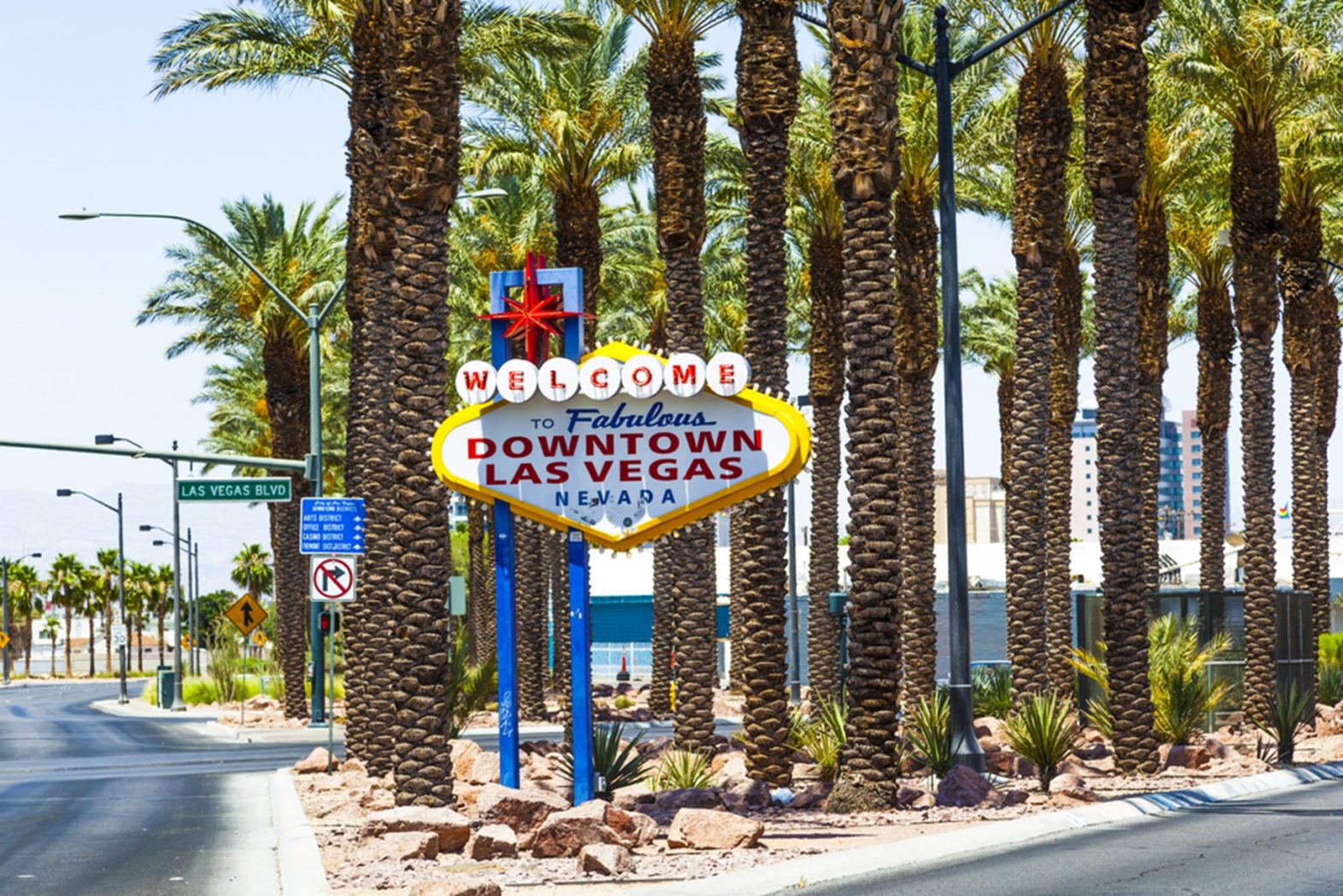
Photo: Shutterstock
New York City: A digital twin model
24 September 2021
A groundbreaking project at the iconic Brooklyn Navy Yard site in New York City will show how a digital twin platform enables buildings of any size, type, or age to significantly cut operating costs and carbon emissions.
An Ernst and Young report confirms that digital twins help commercial property and infrastructure owners reduce operating costs by a massive 35 percent, improve productivity by 20 percent and cut emissions by 50-100 percent.
Furthermore, ABI Research suggests city planners and building asset owners are set to save a staggering US$280 billion through digital twin technology over the coming years. This is in line with the US Government’s ‘Build Back Better’ programme and its new US$3.5 trillion infrastructure bill.
The New York City Brooklyn Navy Yard project starts Cityzenith’s global ‘Clean Cities – Clean Future’ initiative to implement the company’s SmartWorldOS software platform in major cities around the world committed to achieving carbon neutrality.
NYC took the lead through an alliance between Cityzenith, NYC 2030 District, and Agile Fractal Grid (AFG) to transform the energy footprint of the 225-acre (91-hectare) Brooklyn Navy Yard.
Phoenix and several other cities will soon follow the Big Apple’s example and join the Clean Cities – Clean Future initiative. The announcement of the forward-looking Navy Yard project comes at a time when major American cities, including New York City, Washington DC and Los Angeles, are pledging to eliminate all emissions by 2050.
Cityzenith founder and CEO Michael Jansen said: “We are honoured to start our initiative in New York City with NYC 2030 District and energy resilience provider AFG. Cities produce more than 75 percent of the world’s carbon emissions, according to the United Nations, and their buildings account for 50-70 percent of that – the figure could be as high as 80 percent in Manhattan. That makes buildings the single biggest polluter on the planet.
“Incredibly, of the 5.9 million commercial office buildings in United States totalling over 100 billion ft., fewer than 100,000 are green buildings (1.7 percent), and only 500 (0.008 percent) are net zero buildings.

“Here’s the big challenge we’re addressing – for commercial property owners, there is no single path to getting to net zero emissions, so they don’t move. Achieving net zero emissions in buildings requires simultaneous deployment of multiple strategies, including real-time energy monitoring, onsite renewable power generation, and the purchase of carbon offsets. Property owners need a clear predictable engineering solution and financial structure.
“Today, many property owners turn to green building retrofit consulting services which are labour-intensive, costly, and not risk-free. The Brooklyn Navy Yard digital twin project will seek to automate these currently manual services in a single easy-to-use solution that is more comprehensive, more accurate, and much less expensive.
“Digital twin technology’s unparalleled ability to aggregate, visualize, and analyse 3D (space) + 4D (time) data and correlate efficiencies among multiple systems is ideal to solve this problem, providing an optimized net zero building engineering solution that makes financial sense. This is what the market has needed for a long time – a green building calculator that any property can easily use.
“Our goal is to show how an investment of US$0.10 per sq.ft will unlock US$3-$5 per sq.ft in savings with a shortened payback schedule of 3-5 years on retrofit investments.
“We have a long way to go and a lot to do to get to carbon neutrality in our cities, and historically there just haven’t been any platform tools to help us get there. That’s why we launched the Clean Cities – Clean Future initiative.
“We have the answers our cities in America need to fulfil their climate promises and put words into action. We hope this foundational ‘smart district’ digital twin project in Brooklyn will set an example for the rest of New York and the country.”
John Reynolds, CEO of AFG, said: “We are so pleased to be working with Cityzenith on the digital twin for the New York City area, focusing first on the innovation complex at the Brooklyn Navy Yard.
“The plan is to expand the initial project for a wider roll out across the entire country, to transform energy security and infrastructure.”
Cityzenith is holding the third webinar in the series of six with Cities Today on Tuesday October 5 at 1pm CT. New York City – A Digital Twin Model is presented by Cityzenith CEO Michael Jansen, AFG CEO John Reynolds and Cities Today Editor Sarah Wray.
You can register for the webinar here.









